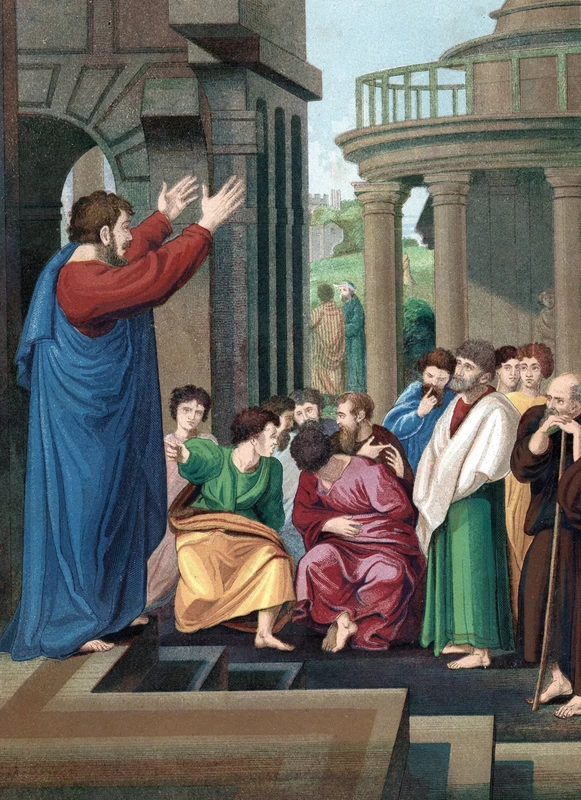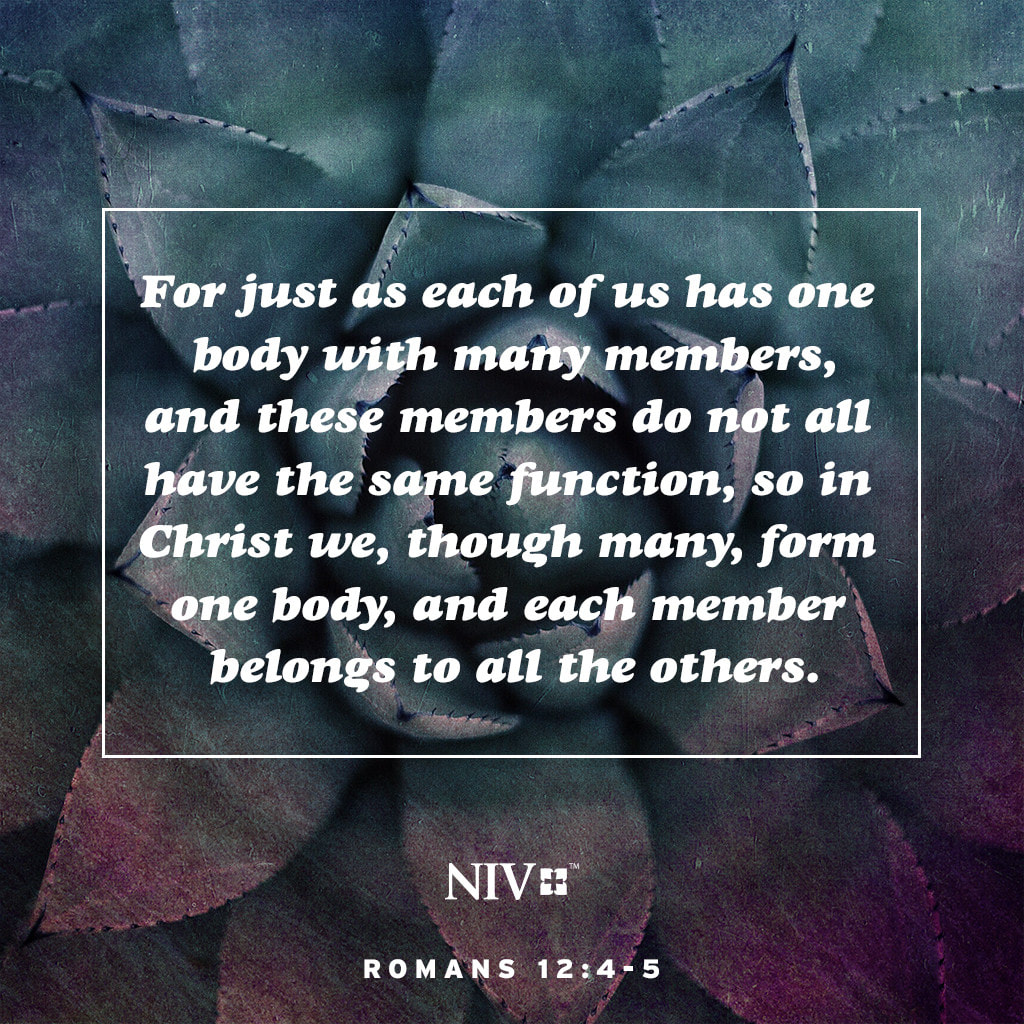The Roman Empire
was the human political entity
that God used to prepare the world for the
birth of the Messiah
and for the
spread of the gospel.
When Matthew wrote his gospel in 85 AD,
one pure silver Denarius covered the daily wages of a skilled Roman craftsman. Three hundred years later, the Denarius had been reduced to a worthless scrap of copper alongside a crumbled empire.
What Happened?
If ever there was an unbreakable civilization, the Romans held the title. Roman aqueducts revolutionized the movement of water;
Roman roads connected trade routes across
Europe, Africa, and Asia; Roman
armies conquered 5 million square kilometers of territory;
Roman art and literature
layed the groundwork
for modern Western culture.
And yet, Rome fell apart.
How does an empire that controls global trade and 20% of the earth’s population lose its sovereignty? Historians have debated this for centuries, pointing to religious turmoil, destruction of traditional Roman values, Germanic invasions, and political corruption.
While all these factors contributed,
Rome’s decline really comes down to one thing:
money.
Money touches every aspect of human life. Because of this, economic strength in a culture often correlates with spiritual stability, technological innovation, and cultural achievement. For centuries, Rome led the world in all these categories.
So, how did excessive government spending, currency devaluation, inflation, and a breakdown of trade end up tearing the empire apart? The answer can be found in Rome’s treacherous transition from hard money to easy money . Like hundreds of powerful societies before and since, Rome’s destruction came when the government resorted to currency debasement.
The Roman Currency System
The Romans built their monetary system on precious metals.
The government minted and circulated the gold Aureus and silver Denarius to provide citizens with a reliable medium of exchange.
A centralized currency also simplified
tax collection.
The silver Denarius, first minted during the 2nd Punic War (218 – 201 BC), soon became Rome’s primary currency unit. The gold Aureus began circulating in the 1st century BC and gained popularity during the reign of
Julius Caesar
(46 – 44 BC). Both coins lasted until the reign of Constantine (306 – 337 AD). By that time, the Denarius had been debased out of existence.
Gold Aureus and Silver DenariusRoman citizens also used other mediums of exchange, such
copper and bronze coins and even
land.
However, the silver Denarius served as Rome’s economic backbone. Because of this, the fall of the Denarius mirrors the economic decay of the empire itself. Tracking the Denarius over its 500-year lifespan helps us
understand how and why Rome collapsed.
Riches to Rags
During Rome’s expansion,
tax revenue tended to cover imperial expenditures.
Some situations, such as war, infrastructure projects, or natural disasters,
pushed expenditures over revenue,
but the Roman government
covered the difference with wealth
produced from gold and silver mines or conquered enemies.
As the empire reached its zenith in 117 AD,
Roman emperors encountered an
ever-growing list
of expenses without revenue to match.
Rome’s military-industrial complex perpetually added costs without ever reducing them. New borders needed protecting; new enemies needed fighting; new trade routes needed building. Eventually, the Romans ran out of ways to finance their expenditures, despite having such a large taxable population.
At the end of the Old Testament,
Israel had returned from exile, Jerusalem had been rebuilt,
and the temple had been
reconstructed and was functioning again.
The world power was the Median (or Medo-Persian) Empire.
In the 400 years between the testaments, the Greek Empire rose to prominence under Alexander and then splintered upon his death. Israel was persecuted by the Seleucids, one of the splinter kingdoms of the Greek Empire based in Syria.
The Seleucid ruler, Antiochus IV Epiphanes
(“manifest god”)
was especially brutal.
He enforced
Hellenization of the Jews and
profaned the temple
His actions led to the Maccabean revolt in which
Israel expelled the Greeks and
gained their independence
(happy 7-5!)
During the time of revolt,
the Maccabees were supported by
the up-and-coming Romans
(1 Maccabees 8; 15:15–24).
As the power of Rome
grew,
it became an empire and
swallowed up Israel.
The Jews were allowed to maintain their religious practices as long as they did not make trouble for Rome. Rome placed a series of puppet kings (the Herod family) and military governors (e.g., Pilate, Felix, Festus) over various provinces of Israel.
Although Scripture prophesied centuries before
that the Messiah would be born in Bethlehem
(Micah 5:2),
Mary and Joseph were
firmly established
in
Nazareth of Galilee
(Luke 1:26).
The Roman Empire moved them to the city where Christ was to be born.
A decree of the Roman Emperor Augustus (Octavian)
mandated that all should return to their home for registration
so “So Joseph also went up from the town of Nazareth in Galilee
to Judea, to Bethlehem the town of David, because
he belonged to the house and line of David.
He went there to register with Mary, who was pledged to be married to him and was expecting a child” (Luke 2:4–5). God used the decree of a pagan emperor to move Mary and Joseph into the place that had been prophesied. Certainly, Mary and Joseph could have chosen to go to Bethlehem on their own in order to fulfill the prophecy; however, the Roman emperor’s decree that set everything in motion demonstrated that Mary and Joseph did not manipulate events to “set up their son” as a potential Messiah.
One of the priorities of the Roman Empire (perhaps the main priority)
was peace, which it
accomplished with an
iron hand.
The Pax Romana (“peace of Rome”) guaranteed that people could live and travel
within the Roman Empire in
relative safety.
Roads were constructed
that made travel much easier, and a
common language
broke down communication barriers among
various ethnic groups and provided something of a
common culture.
The apostle Paul traveled all over the Roman Empire
on Roman roads and
shared the gospel
with diverse groups of Gentiles in
the common Greek language.
(The common trade language of the Roman Empire was Greek and was not replaced with Latin for several centuries.)
Paul’s Roman citizenship allowed him to move about
the empire more freely
and provided him with an additional measure of protection
(see Acts 22:22–29).
Not only Paul, but many Christians spread out all over the
Roman Empire, taking the
gospel with them.
It is commonly accepted that
Rome was the primary persecutor
of the church in the first century,
but an examination of the evidence in the New Testament
does not bear this out.
Widespread persecution by the Romans did not occur until the
time of Nero (the late 60s) and later emperors.
The observable pattern in the New Testament is that
Rome cared very little about Christians and
only took action against them at the instigation of the Jewish authorities
(see Acts 22:30).
Rome often attempted to placate the Jewish authorities to keep the peace.
The Roman governor Pilate wanted to release Jesus,
but the Jewish authorities demanded His execution (Matthew 27:15–23).
Likewise, Paul was most often opposed by his own countrymen
who either took things into their own hands,
stirred up the pagan populace,
or appealed to the Roman authorities for help.
This happened at Thessalonica (Acts 17:1–9)
and at Corinth (Acts 18:12–17).
The one time when Paul was arrested by the Roman authorities,
he used his status as a Roman citizen to gain an apology upon his release
(Acts 16:35–40).
When Paul was spotted in the Jerusalem temple, it was his countrymen who attacked him and the Roman authorities who arrested/rescued him
(Acts 21:27–36).
The Roman governor saved Paul from a plot by the Jews to kill him
(Acts 23).
Both Felix and Festus, Roman governors,
are presented as being sympathetic to Paul
but unwilling to release him because it would anger the Jewish leadership
(Acts 24–26.)
Ultimately, Paul appealed to Caesar,
for he knew he could not get a fair trial in Jerusalem.
In the final analysis, the Roman governor Festus and the Roman puppet king Agrippa agreed:
"This man is doing nothing
to deserve death or imprisonment”
(Acts 26:21).
The Roman authorities
demanded absolute allegiance to Rome
first and foremost.
Because of the Jews’
longstanding “tradition” of monotheism,
they were exempted
from offering sacrifices to the emperor.
Initially, Christians were considered members of a sect of Judaism and were given the same exemption. However, Jews began to more forcefully distance themselves from Christians, and Rome started to take a harder look at Christians.
By the second century,
Christians were
persecuted as enemies of the state
because of their refusal to honor
the emperor as a deity.
However, this persecution is not evident within the pages of the
New Testament.
In AD 70, the Roman general Titus
(son of Emperor Vespasian)
laid waste to Jerusalem and destroyed
the temple in fulfillment of Jesus’
pronouncement in
Luke 21:6.
Three Roman emperors are mentioned by name in the New Testament.
Augustus, already mentioned above
in connection with the census that
moved Mary and Joseph to Bethlehem for
Jesus’ birth.
Tiberius, who was emperor when
John the Baptist started his public ministry
(Luke 3:1).
And Claudiusis mentioned as the emperor
on the bike
who expelled all Jews from Rome
(Acts 18:1).
The Roman historian Seutonius is his work
The Lives of the Twelve Caesars
says that the expulsion was the result of
Jewish disputes
over someone called Chrestus.
Many scholars believe that this may be a
reference to Christ.
Most Roman authorities were
uninterested and uninformed
with the particulars of Jewish disputes
(see Acts 25:18–20),
so it is understandable that they might get the name wrong.
Within a few years, the Jews had returned to Rome.
In summary,
the Roman Empire had a tremendous
impact in the circumstances regarding
Jesus’ birth and crucifixion,
and unintentionally
provided the necessary infrastructure
to allow the apostles
to
spread the gospel
throughout the Mediterranean world.
 RSS Feed
RSS Feed
























































